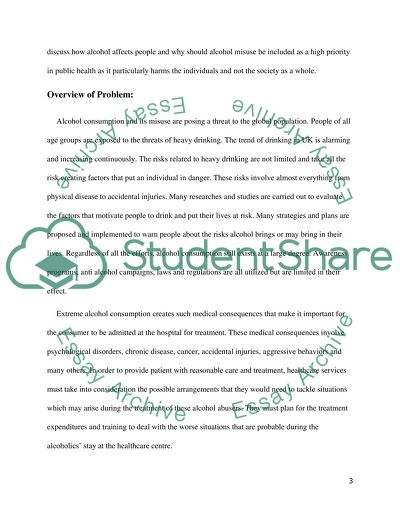Cite this document
(“Discussion of the Alcohol Misuse, Statistics and Recommendations Essay”, n.d.)
Retrieved de https://studentshare.org/sociology/1390787-discussion-of-the-alcohol-misuse-statistics-and-recommendations
Retrieved de https://studentshare.org/sociology/1390787-discussion-of-the-alcohol-misuse-statistics-and-recommendations
(Discussion of the Alcohol Misuse, Statistics and Recommendations Essay)
https://studentshare.org/sociology/1390787-discussion-of-the-alcohol-misuse-statistics-and-recommendations.
https://studentshare.org/sociology/1390787-discussion-of-the-alcohol-misuse-statistics-and-recommendations.
“Discussion of the Alcohol Misuse, Statistics and Recommendations Essay”, n.d. https://studentshare.org/sociology/1390787-discussion-of-the-alcohol-misuse-statistics-and-recommendations.


